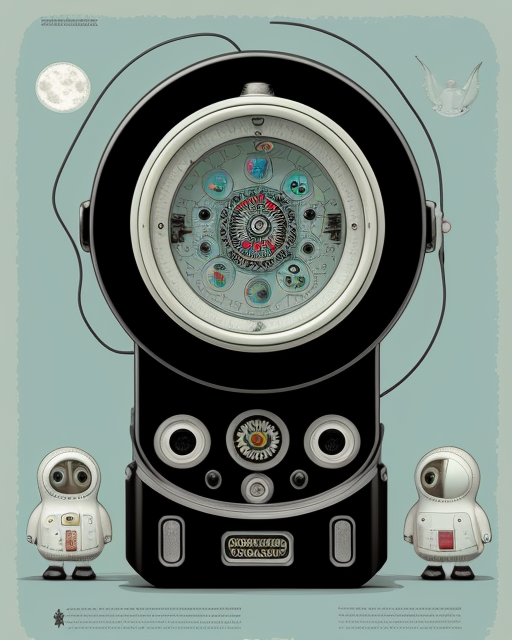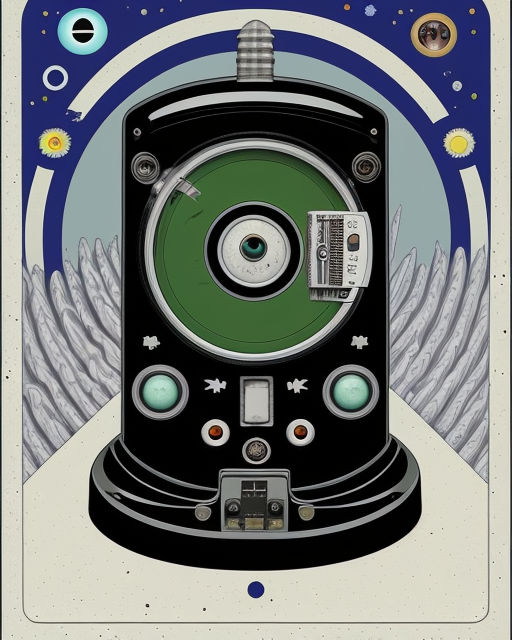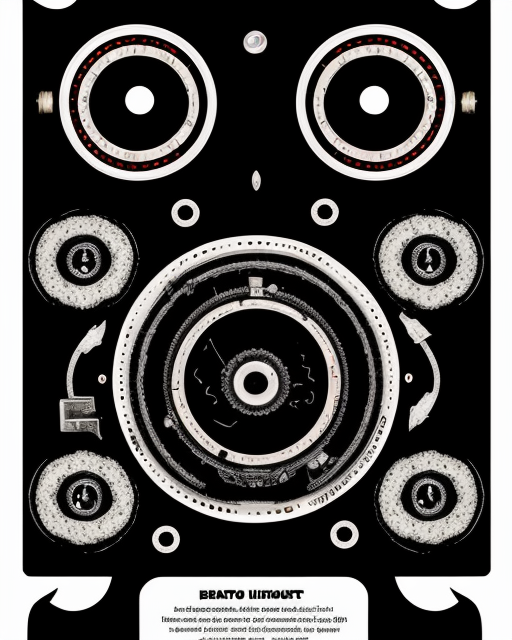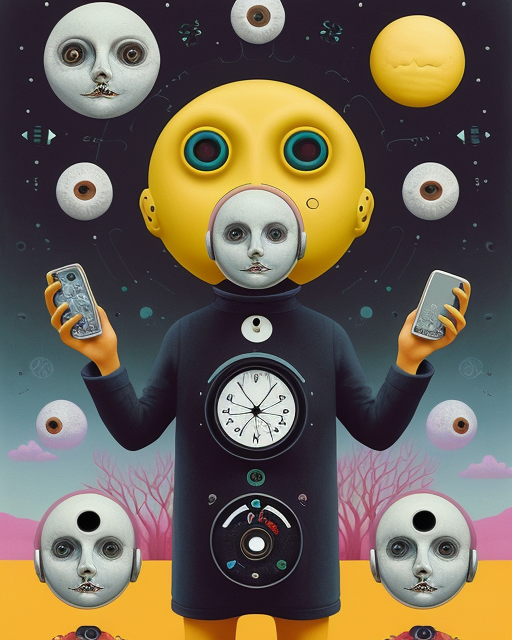In the ever-evolving landscape of social media platforms, Clubhouse emerges as a unique entity, offering users a novel experience of audio-based interaction. However, akin to the rush of a cocaine high, Clubhouse also presents a cocktail of excitement, anxiety, and uncertainty, reminiscent of navigating through Act 2s in a game of musical chairs. This essay explores the intriguing dynamics of Clubhouse, drawing parallels to the frenetic energy of Cocaine Cowboys, while questioning the sustainability of its allure.
At first glance, Clubhouse appears as a sanctuary for intellectual discourse, fostering meaningful conversations in real-time audio rooms. Users can traverse through various virtual rooms, joining discussions on topics ranging from technology and entrepreneurship to spirituality and art. The allure lies in the spontaneity and authenticity of these interactions, reminiscent of a vibrant cocktail party where serendipitous encounters fuel engaging dialogues. However, beneath the surface, Clubhouse exudes an undercurrent of anxiety akin to Act 2s in a game of musical chairs.
Much like the anticipation of securing a seat before the music stops, users on Clubhouse often find themselves racing against time to participate in trending conversations or gain access to exclusive rooms. The fear of missing out (FOMO) drives a constant need for engagement, leading to a sense of urgency and restlessness among users. This anxiety-inducing atmosphere mirrors the adrenaline-fueled rush experienced in the high-stakes world of Cocaine Cowboys, where every moment is laden with the anticipation of what comes next.
Moreover, Clubhouse embodies the ethos of instant gratification, offering a quick fix of social validation and recognition through participation in conversations or hosting rooms. The dopamine rush derived from receiving likes, follows, or applause fuels a cycle of addictive behavior, akin to the fleeting euphoria of a cocaine high. However, like any addictive substance, the initial thrill of Clubhouse’s novelty may eventually wear off, leaving users craving for more stimulation or seeking alternative platforms for satisfaction.
Furthermore, the comparison to Cocaine Cowboys extends beyond mere adrenaline rushes, delving into the darker underbelly of Clubhouse’s allure. Much like the drug-fueled excesses depicted in the documentary, Clubhouse’s unmoderated rooms and lack of content regulation can breed toxic behaviors, including harassment, misinformation, and exploitation. The unchecked proliferation of echo chambers and confirmation bias within certain communities can exacerbate societal divisions and contribute to a culture of polarization and distrust.
As Clubhouse continues to gain traction and attract an increasingly diverse user base, questions arise regarding the sustainability of its model and the potential repercussions of its unchecked growth. Like a bubble waiting to burst, the platform’s rapid ascent raises concerns about privacy, security, and ethical implications, necessitating a critical examination of its long-term viability and impact on society.
In conclusion, Clubhouse embodies the paradoxical allure of social media platforms, offering a tantalizing mix of excitement and anxiety akin to navigating Act 2s in a game of musical chairs. Its resemblance to the frenetic energy of Cocaine Cowboys underscores the addictive nature of its real-time audio interactions, while raising pertinent questions about its sustainability and societal impact. As users continue to flock to Clubhouse in search of connection and conversation, it is imperative to approach its allure with a critical eye, mindful of the potential pitfalls lurking beneath its seductive surface.
Indeed, the 1980s music industry was infused with a “Cocaine Cowboys” sort of energy, characterized by excess, hedonism, and a relentless pursuit of success. During this era, cocaine flowed freely backstage at concerts, in recording studios, and among music industry insiders, fueling a culture of indulgence and extravagance.
The 1980s was a decade renowned for its excesses, flamboyance, and decadence, nowhere more evident than in the music industry. Echoing the frenetic energy of Cocaine Cowboys, the music scene of the 80s pulsated with a hedonistic vibe, fueled by a cocktail of ambition, creativity, and substance abuse. This essay delves into the parallels between the 80s music industry and the notorious world of Cocaine Cowboys, highlighting the exhilarating highs and perilous pitfalls of an era defined by its larger-than-life personalities and unbridled indulgence.
Much like the swaggering protagonists of Cocaine Cowboys, the rock stars of the 80s epitomized a reckless abandon that bordered on the brink of self-destruction. From the flamboyant excesses of glam rock to the rebellious ethos of punk and the hedonistic allure of hair metal, musicians of the era embraced a lifestyle characterized by debauchery, decadence, and defiance of societal norms. Cocaine served as the unofficial currency of the industry, fueling all-night studio sessions, backstage antics, and after-party revelries with its euphoric high and false sense of invincibility.
Just as drug traffickers in Miami during the 1980s sought wealth and power through illicit means, musicians, producers, and executives in the music industry chased fame and fortune with a similar fervor. Cocaine became a symbol of status and sophistication, indulged in by rock stars and pop icons alike as they navigated the glamorous yet cutthroat world of show business.
The music of the 1980s reflected this decadent ethos, with artists embracing larger-than-life personas and pushing the boundaries of creativity and experimentation. From the flamboyant excesses of glam rock and hair metal to the pulsating beats of electronic and dance music, the sounds of the ’80s reverberated with an unabashed sense of rebellion and hedonism.
Moreover, the influence of cocaine extended beyond individual artists to shape the very fabric of the music business itself. Record labels and promoters, driven by profit and competition, often turned a blind eye to drug use among their stable of talent, prioritizing commercial success over the well-being of their artists. This exploitative environment mirrored the ruthless tactics employed by drug cartels in the pursuit of dominance and control.
Moreover, the 80s music scene mirrored the cutthroat competitiveness and lawlessness depicted in Cocaine Cowboys, as artists and executives alike engaged in a ruthless quest for fame, fortune, and creative control. Record labels vied for market dominance, signing artists to lucrative contracts and exploiting their talents for commercial gain, often at the expense of artistic integrity. The allure of instant gratification and the promise of superstardom lured aspiring musicians into Faustian bargains, with many succumbing to the temptations of fame and fortune, only to spiral into addiction, bankruptcy, or obscurity.
Yet, amidst the chaos and cacophony of the 80s music industry, moments of brilliance and innovation emerged, shaping the cultural landscape and influencing generations to come. Iconic albums, groundbreaking videos, and electrifying performances captivated audiences worldwide, transcending boundaries of genre, gender, and geography. From the revolutionary sounds of hip-hop to the infectious rhythms of new wave and the anthemic choruses of arena rock, the music of the 80s reflected the diversity and dynamism of an era in flux.
However, behind the glitz and glamour lurked a darker reality, as the toll of excess and indulgence exacted its inevitable price. Drug overdoses, legal battles, and tragic deaths cast a shadow over the industry, serving as sobering reminders of the perils of unchecked ambition and unrestrained hedonism. As the 1980s drew to a close, the excesses of the era began to catch up with the music industry. The AIDS crisis, the crack epidemic, and the specter of addiction cast a shadow over the once-glittering world of pop culture, forcing a reckoning with the consequences of unchecked indulgence. The rise of alternative and grunge music in the 1990s signaled a shift away from the superficial glamour of the ’80s, as artists embraced authenticity and introspection over flash and spectacle.
In retrospect, the “Cocaine Cowboys” era of the 1980s music industry serves as a cautionary tale of the perils of unchecked ambition and excess. While it was a time of unparalleled creativity and innovation, it was also marked by exploitation, tragedy, and moral compromise. As we look back on this turbulent period in music history, we are reminded of the importance of balance, integrity, and accountability in an industry where the pursuit of artistic expression must never come at the cost of human dignity and well-being.








